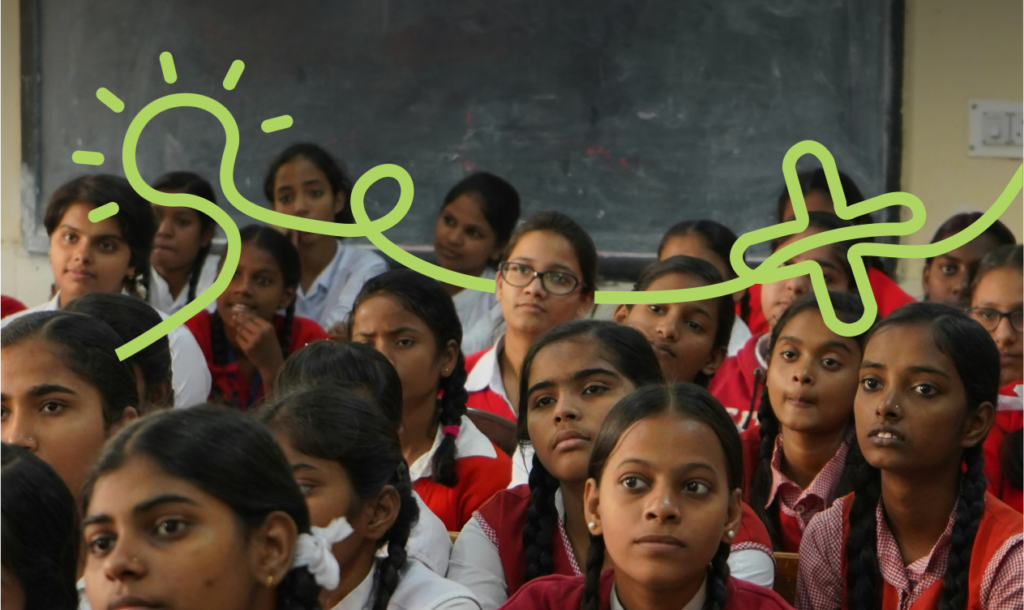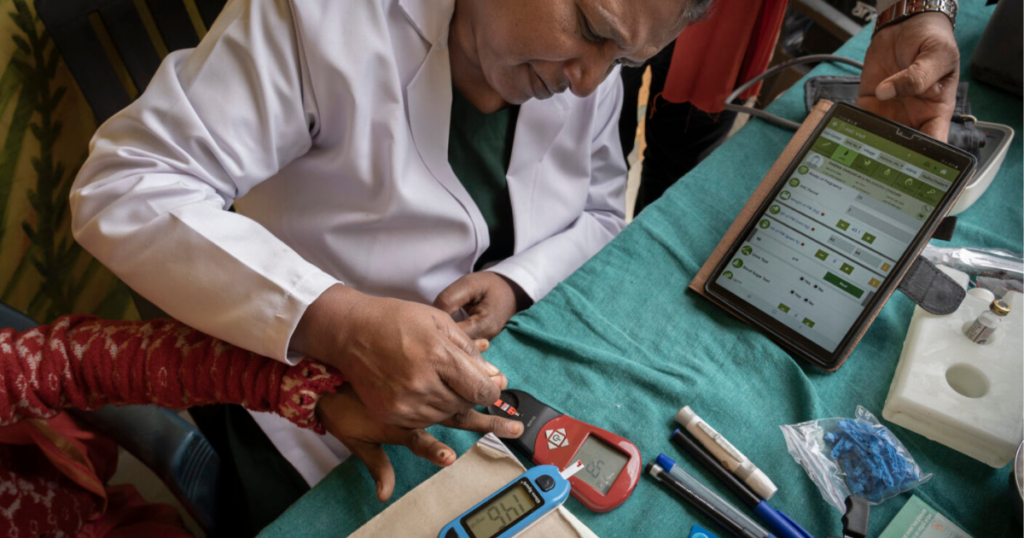Public expenditure by the Government continues to be the largest contributor to social impact funding, but private sector funding has seen an increase in the last decade. Funding by private sector players in the development sector is estimated to grow at twelve per cent annually in the next five years. Livelihood remains one of the key focus areas for funding in India, and in alignment with the overall trend, has also witnessed an increase in private sector funding and philanthropy.
Key Funding Trends
This livelihood-focused study across four donor categories, including corporate, domestic and international philanthropy and multilateral organisations, indicates some interesting trends in the larger livelihood funding landscape across four key parameters:
• The focus area: More than half of all initiatives studied across donors prioritise skilling initiatives and overall there is little focus on entrepreneurship and social protection. Only international foundations have a more proportionate distribution with a major focus on entrepreneurship support.
• Implementation model: Direct project implementation is the main model for intervention across all donor types, followed by infrastructure strengthening. There is low focus on knowledge creation and policy influence.
• Geography: While corporates are geographically limited to their areas of business, especially in southern and western states, international foundations and multilateral organisations have more of a pan-India focus.
• Spending size: While multilateral organisations are the institutions with the largest grant sizes, corporates and international foundations provide a larger number of smaller-sized grants.
Key Gaps
Despite the increased funding, there are some systematic challenges in the current funding landscape: i) Disproportionate focus on direct project implementation and short-term funding models vis-a-vis ecosystem strengthening leading to piecemeal impact; ii) a lack of adequate funding on focus areas apart from employment generation; iii) the Mathews effect on philanthropic capital resulting from a limited focus on geographies with low GDP; iv) limitations of funding to reduce poverty, secure a premium income, or meet desired outcomes on the ground.
Key Levers
To address these gaps, the funders in the livelihood ecosystem need to adapt to key trends like digital advances in the ecosystem, increased focus on collective impact and larger economic trends, like the shift to the gig economy and non-farm opportunities. As the funding landscape changes, four key areas for funding stand out: innovation and technology, collaboration, the evolving role of donors and expanding scale and scope.
Authors: Harsha Sanyukta, Arnab Mukherjee, Pragati Keswani and Devlina Bhattacharjee
Support: Gargi Das and Samar Sabharwal




